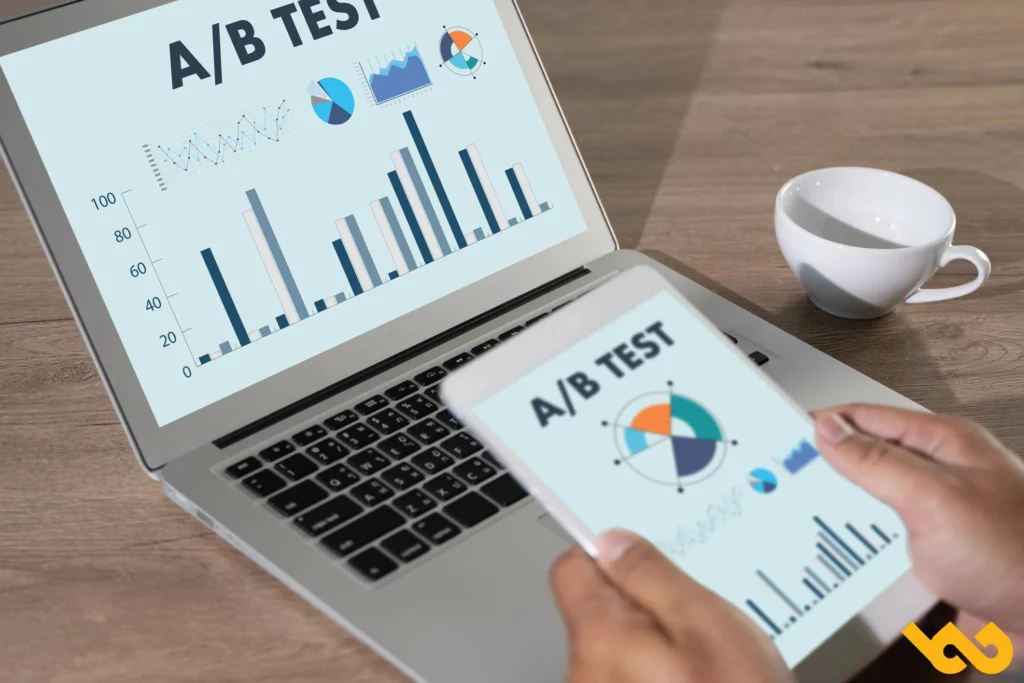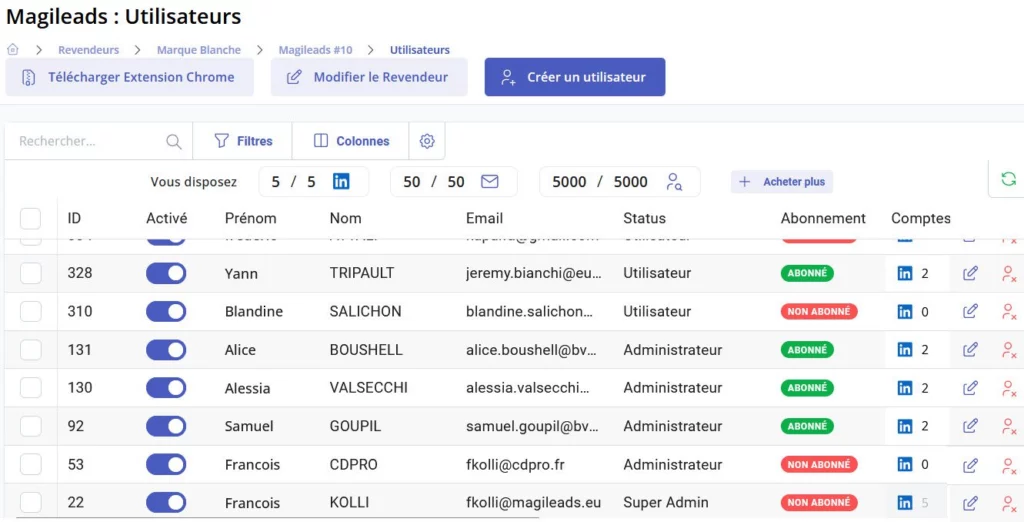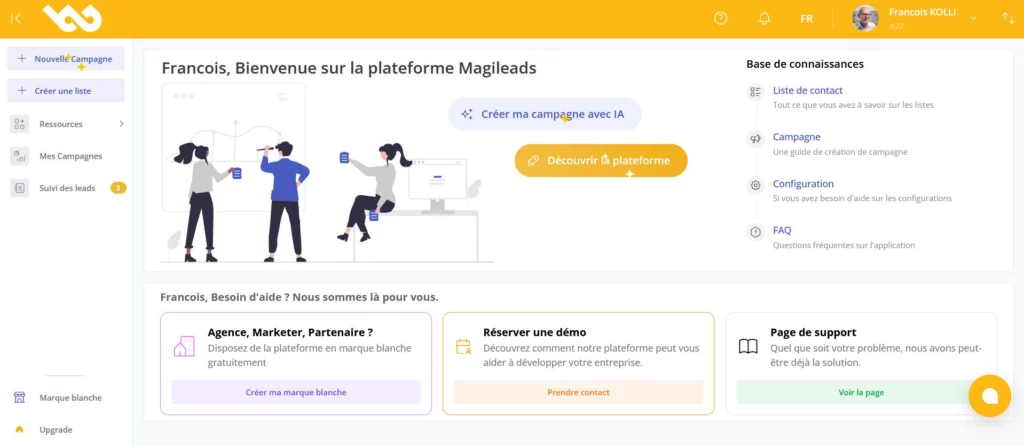A/B testing is an alternative to maximize traffic and open rate. It is a reliable scientific tool to guide marketing teams in choosing their approach. A/B testing has economic advantages in the face of increasing advertising costs. But what is the principle of A/B testing? And how does it work?
What is AB Testing?
AB testing or A/B testing is a scientific means of comparing the performance of two versions of a web page called A and B. The differences between the two versions can be found in: the design, the content, the structure of the site. The goal of this comparison is to identify which one converts the most.
Some of the users will be directed to version A, and another to version B. This distribution is done randomly. Statistical analysis based on indicators such as the rate: conversion, clicks, purchases, subscription, etc. will allow us to draw a conclusion on the effectiveness of each version.
A/B testing is a procedure in marketing in order to identify the best version of digital content according to a defined objective. It may happen that several versions are presented in order to undergo an assessment, we then speak of A/X Testing.
Origins of A/B testing
This is a process that appeared long before the Internet, since the concept is to compare two versions of the same product to determine the most efficient one. In the 1920s, the British biologist and statistician Ronald Fisher was the first to highlight it using mathematics. This contributed to great advancement in the scientific world. This principle then developed into medicine with clinical trials.
A/B testing was taken up in marketing in the 1960s. However, as we know it today, A/B testing has existed since 1990. It proved its worth very quickly. The development of digital technology and the democratization of the Internet has increased the possibilities for performance testing tenfold. Technological developments with the different tools available facilitate the design of tests and the analysis of results.
What is the point of doing A/B testing?
The A/B testing concretely makes it possible to verify the impact of the changes made, and to understand the influences of the changes on users. It is carried out in order to optimize the user experience, and to direct your various campaigns by assembling the efficient elements.
The strategies adopted will then be based on scientific evidence and not on intuitions.
READ ALSO: Implement an Account Based Marketing strategy
How A/B testing works
What can you A/B test on a website?
Almost all visible elements constituting the site can be tested:
- The titles that are the doors to your website.
- Product pages that provide access to your offers with the correct shopping cart button.
- Texts that translate the message you want to convey.
- The prices and the way they are displayed.
- Images for their effect of superiority compared to texts.
- Colors
- The forms
- The appearance of buttons, links, etc.
For an email:
All the elements visible before the opening are to be tested: the name of the sender, the subject of the email , the start of the message or pre-leader. These tests will improve your opening rates. You can also improve your click rates by testing elements of your call-to-action.
The rules for A/B testing
Certain rules must be respected for a good test:
- You need to define the objective in order to make changes in specific ways.
- You need to test one item at a time to identify the best version. Use a control version and a processing version.
- It is necessary to work with an appropriate quantity of sample in order to have a statistically significant result.
- You must archive the tests and their results to review the information and share it with the protagonists.
- And continue testing to continually optimize your content.
Which sites are affected by A/B testing?
A/B testing concerns all sites and applications:
- Leads to determine the characteristics of the prospects contacted: ages, sexes, etc.
- The media is an editorial test to determine the success of a content category.
- E-Commerce to determine its commercial effectiveness, and its online application.
Tools for A/B testing
Here are some examples of software allowing you to carry out A/B testing
AB Tasty : Sites pages
With AB Tasty you can carry out split tasting which consists of placing your visitors at the heart of the decision-making process. It hosts different versions on separate URLs. It requires the intervention of a technical team.
To test the pages of your website you can also use Optimizely and Kameleon.
Unbounce : Landings pages
Unbounce adapts your landing page according to the medium on which it will be viewed: desktop, tablet, or mobile. It can create several versions of your landing page. Simply duplicate the existing page and then change the elements you want.
Mailjet : emailing campaigns
Mailjet is an intuitive email editor that creates, sends, and tracks your emails. It allows you to design up to 10 versions of your emails to optimize the results of your campaign. The best version according to your criteria is sent to the rest of your contact list.
A/B testing contributes significantly to optimizing conversions, but on its own, it is not sufficient to understand the behavior of Internet users. It needs to be supported by other disciplines to be more precise. Here are some examples: web analytics data, ergonomic audit, user tests, customer feedback, heatmap and session recording.
—————————
prospecting automation software that allows you to easily manage all complex aspects of your marketing processes.
Test Magileads for free in 14 days. Click here .
Or book a demo to see how it works. Click here.




